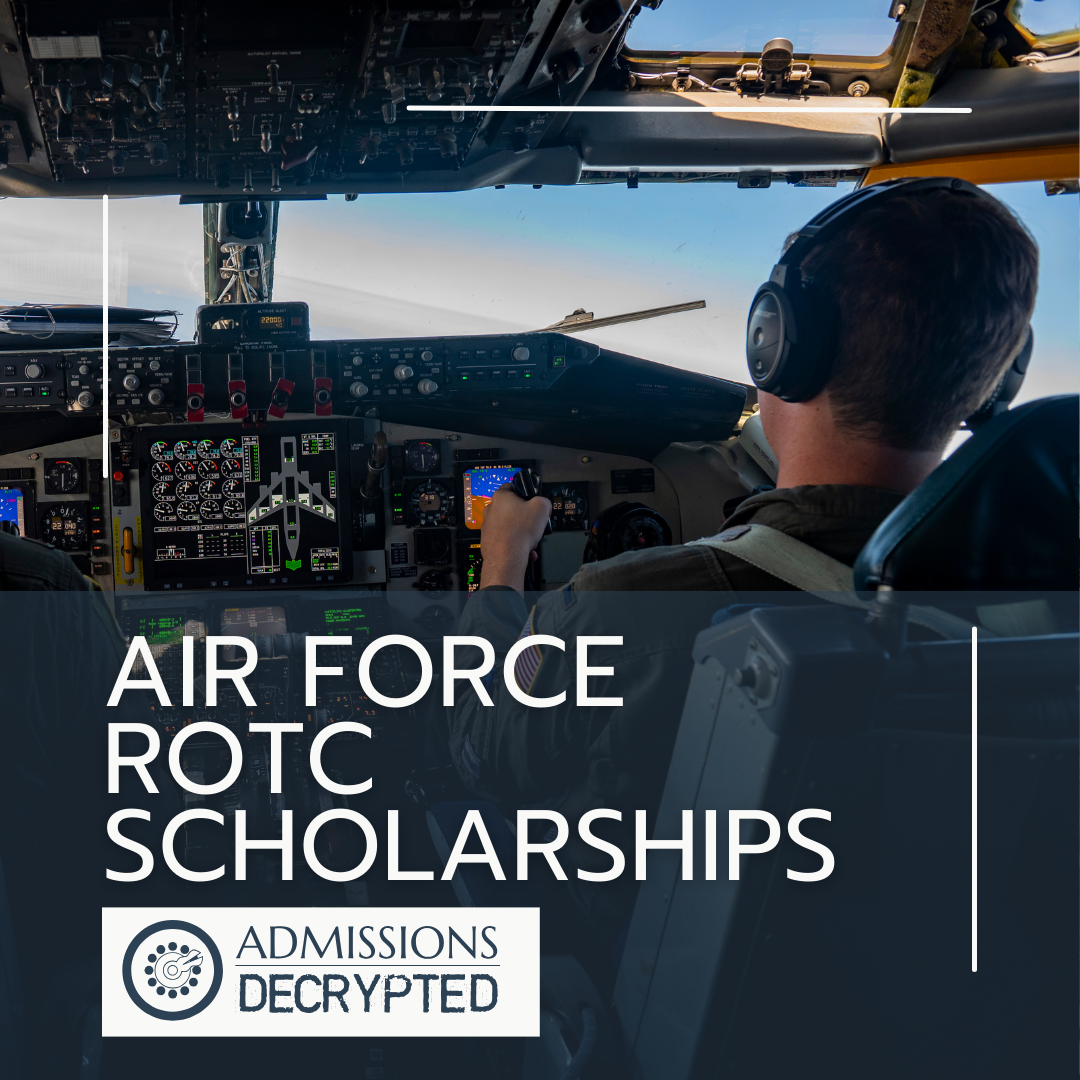posts filed in:
Military
Read More
What most high school students know about military life tends to come from movies or books. Even those who grew up in military families may wonder what it would be like to personally serve under military restrictions and responsibilities. Military academy summer programs offer students a taste of life as a cadet or midshipman. This […]
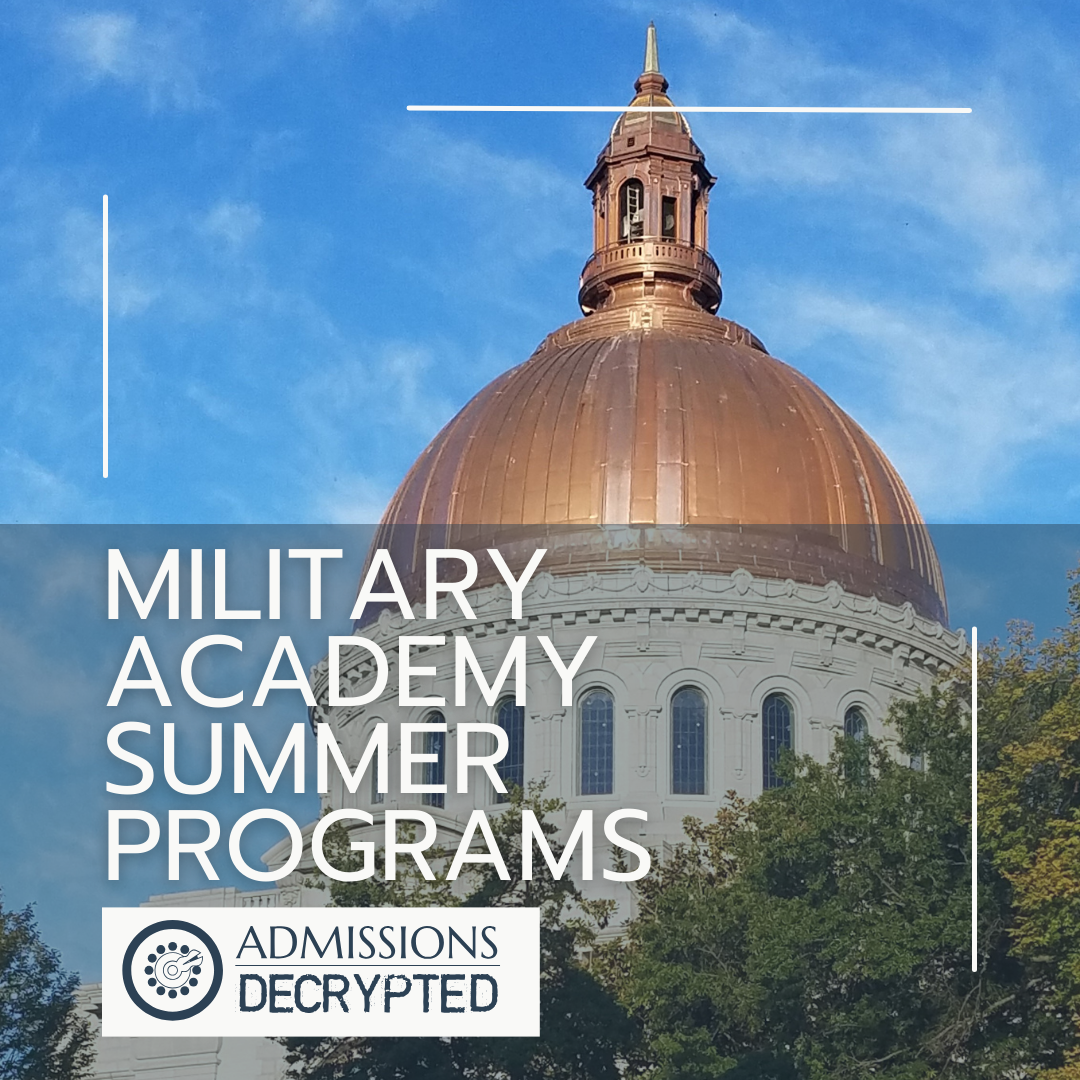
Read More
Students applying to college ROTC scholarship programs need to keep a close eye on the scholarship board dates. These dates are set by each service, meaning Army ROTC board dates are different than the board dates for Air Force ROTC. Students often ask when they should submit their ROTC scholarship applications. They should submit a […]
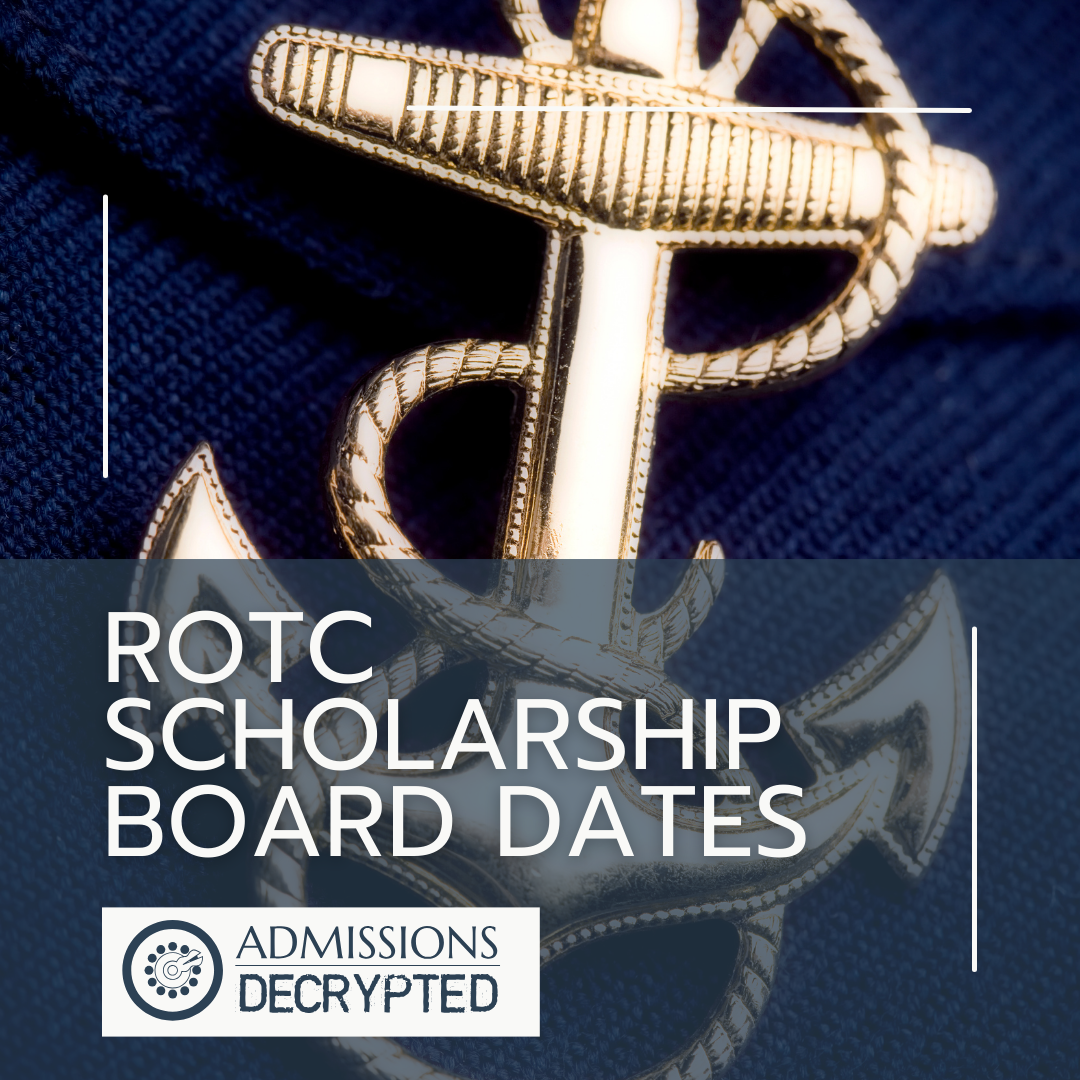
Read More
Upcoming changes to military academy nominations rules mean that students applying to Department of Defense military service academies will have more chances of receiving a nomination. Starting with the classes entering in the 2025-26 academic year, each member of Congress will be authorized to nominate 15 candidates at a time, instead of 10. This was […]

Read More
The Reserve Officers’ Training Corps (ROTC) is a program to educate and train future US military officers at civilian colleges and universities. Students are both full-time college students and ROTC cadets or midshipmen. They take courses in military, air, or naval science in addition to their other college classes. They do regular military training during […]
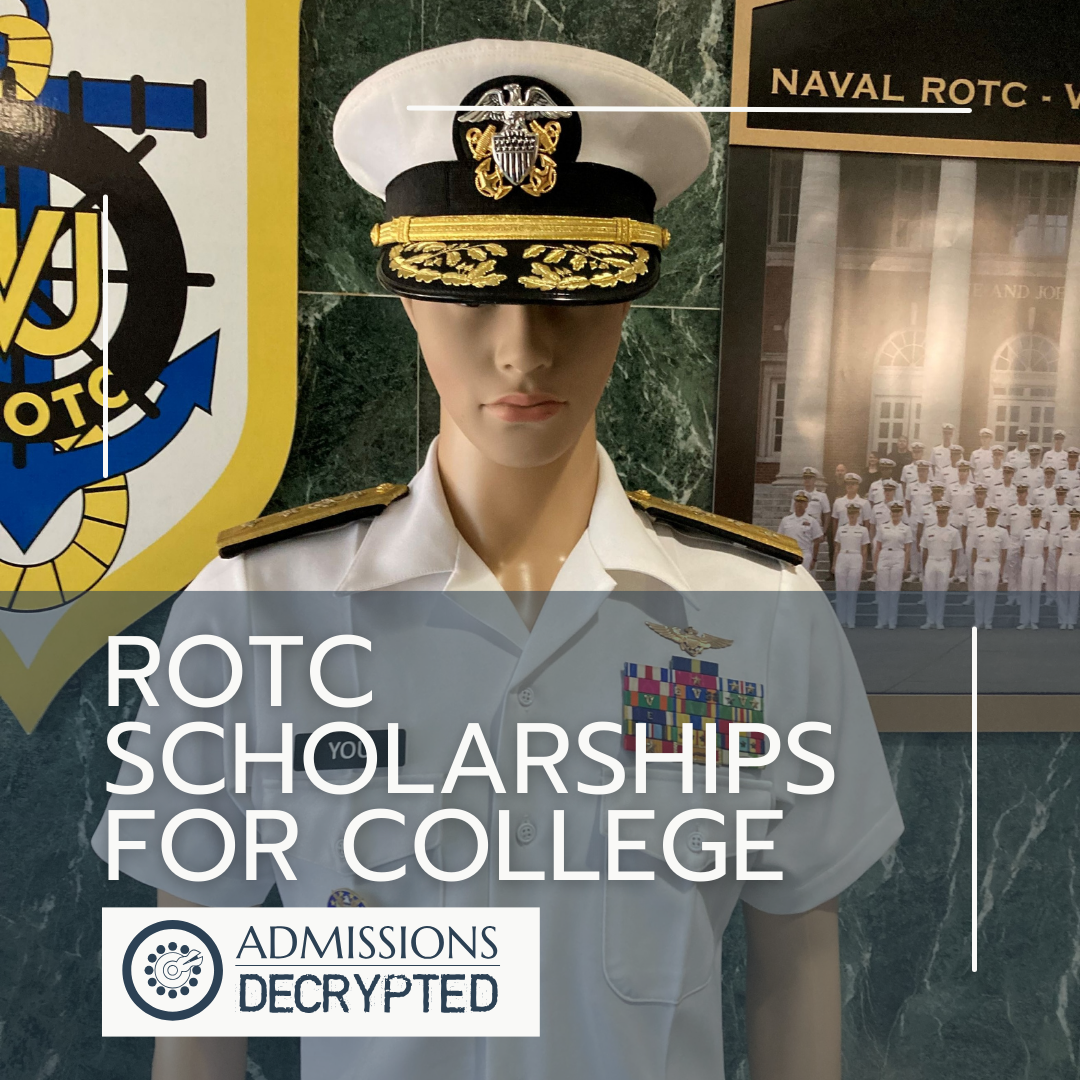
Read More
What Are Military Academy Nominations? When students apply to military service academies, the nomination requirement often causes confusion. This guide will help you better understand which military academy nominations you are eligible for and how to get started with the nomination request process. Nominations are required for appointment to the three Department of Defense Service […]
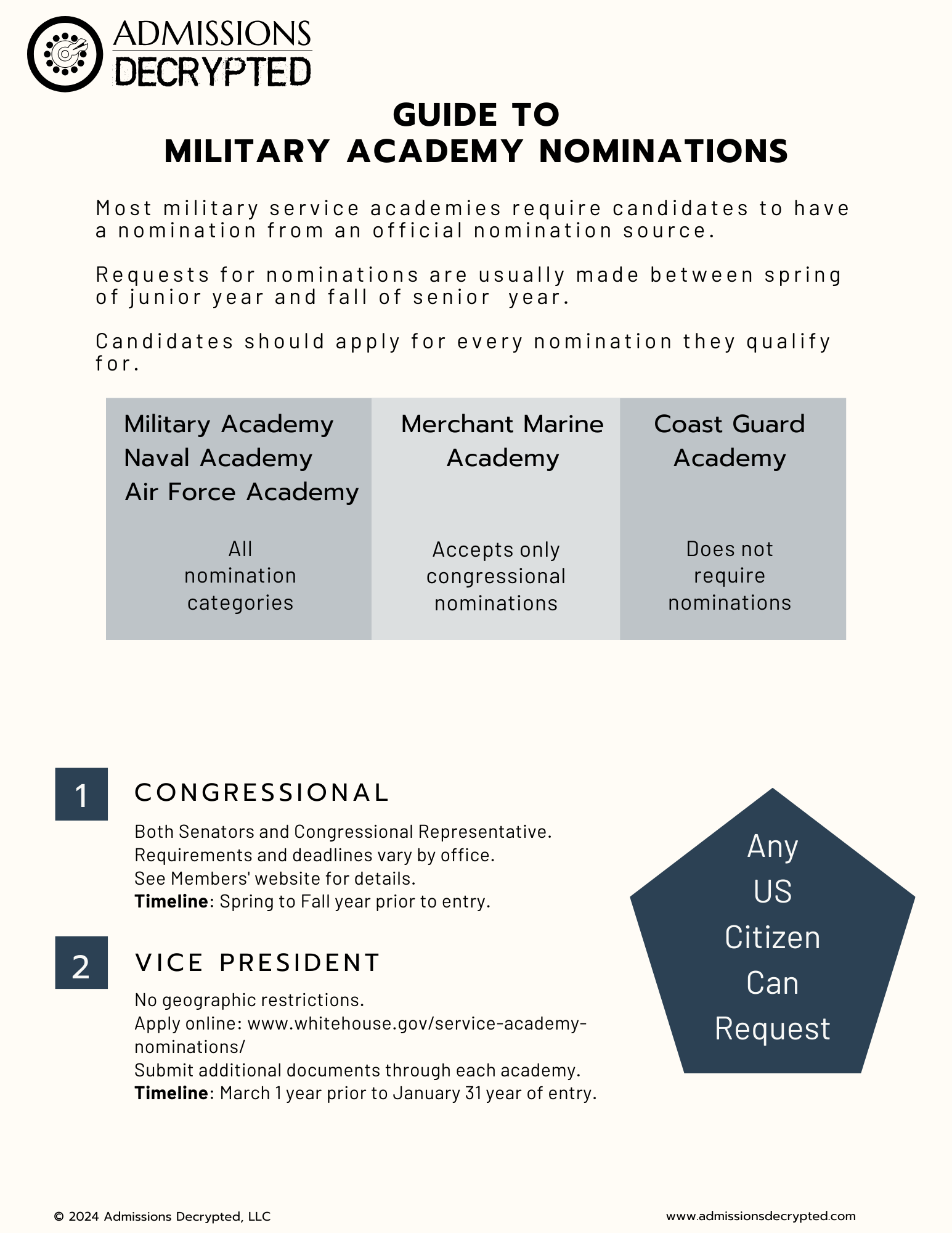
Read More
In the past couple years, the US Air Force has changed its Reserve Officer Training Corps (ROTC) scholarship program. These changes affect who is offered scholarships and how much money they receive. But Air Force ROTC remains an excellent pathway for students to become US Air Force officers. Fewer Air Force ROTC Scholarships for High School […]
